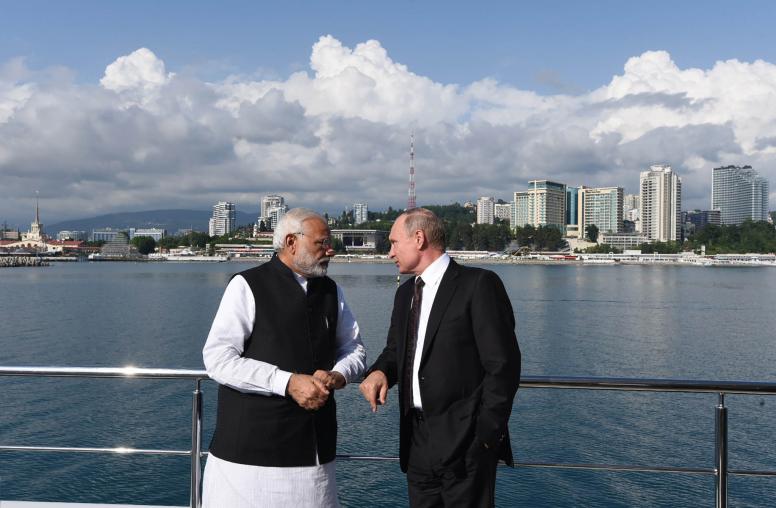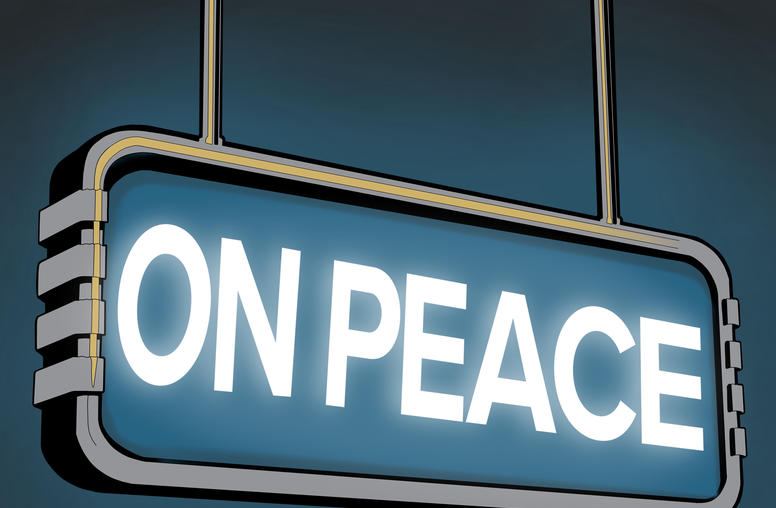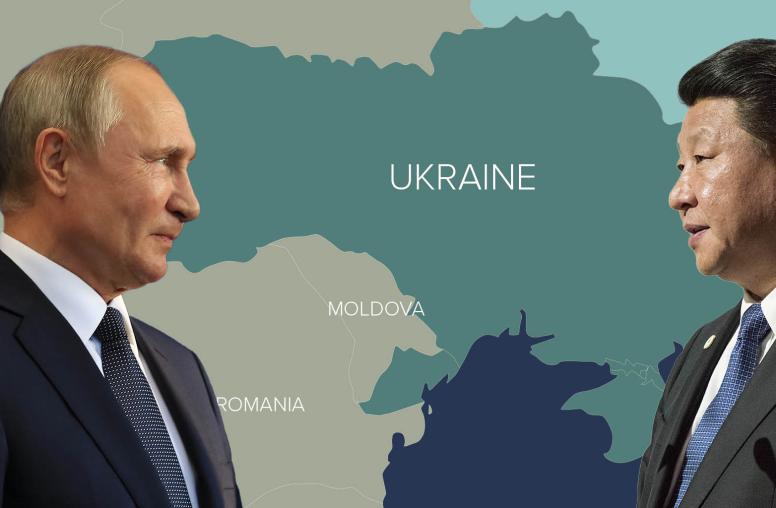The presidents of Ukraine and Russia will meet the French and German leaders in Paris December 9 to consider prospects for ending the five-year-old war in eastern Ukraine. Recent steps by Ukraine and Russia to reduce tensions highlight the summit’s potential, although questions for any real peace plan remain unanswered, most critically by Moscow. Despite signs that Russians at home are tired of the war and its costs, it remains unclear whether President Vladimir Putin might seriously consider ending his armed incursion into Ukraine’s Donbas region. But one potential benefit of the Paris summit is that his intent can be tested.

America’s interest in Ukraine remains what it has been since the Soviet Union’s collapse. A peaceful, democratic Ukraine governed by law and accountability instead of post-Soviet-style corruption would be—and would make all of Europe—a stronger, more stable partner for the United States and a constraint on Putin-style armed aggressions. Any opportunity to advance those goals should be promoted. At the coming summit, this will mean testing Russia’s interest in a realistic peace plan, including a robust U.N. peacekeeping force and an international administration to oversee the return to Ukraine of the zones occupied since 2014 by Russian and Russian-backed separatist forces. Two years ago, the Kremlin offered talk of a symbolic peacekeeping force, but never agreed to the real thing.
Europe’s Only War
For Ukraine, Europe and the United States, a serious test of Russia’s interest in making peace must recall the origins of the war. After massive citizens’ protests forced Ukraine’s corrupt and Putin-friendly president to give up power and flee, Russian troops invaded and seized Ukraine’s Crimean Peninsula—and then its southeastern Donbas region. The Kremlin denied, then acknowledged, its Crimea invasion. In the face of massive evidence documenting Russia’s assault on Donbas, Moscow pretended, and still does, that the violence is an indigenous uprising of local separatists.
Russian and Russia-backed separatist forces in Donetsk and Luhansk have fought Ukraine’s military in a war that now has killed more than 13,000 Ukrainians and an unknown number of Russians. Meanwhile Russia and Ukraine joined European negotiators to hash out the Minsk peace agreements of 2014 and 2015. Those accords framed a plan to restore the separated zones to Ukraine. They did so by promising concessions to the Russian-backed separatists, offering them some political role in Ukraine as a precondition to Russia’s military withdrawal. Following the signing of those accords, Russia showed little willingness to negotiate further, insisting Ukraine should deal directly with the separatist regimes that Moscow backs in Donetsk and Luhansk.
In May, Ukrainian President Volodymyr Zelensky took office promising to revive diplomacy with Russia in an attempt to end the war. In recent weeks, Ukraine and Russia helped improve the atmosphere for talks by releasing prisoners and pulling back their troops from the war’s front line. Ukraine endorsed a German proposal meant to clarify vague provisions in the Minsk accords on plans for eventual elections and a restoration of the separated zones. On November 18, Russia returned three Ukrainian ships it seized last year and announced that President Vladimir Putin would participate in the December 9 summit.
Clarifying a Peace Plan
The coming summit—the first since 2016 among the four nations that negotiated the 2015 Minsk II accord—is an occasion for Ukraine, Europe and the United States to re-emphasize what is needed for any real peace.
One requirement will be to lay out clearly the sequence of steps required by the Minsk accords. The German proposal, called the Steinmeier Formula (for its author, German President Walter-Frank Steinmeier) stipulates that elections should be held in the separatist-held territories under Ukrainian law and the supervision of the Organization for Security and Cooperation in Europe (OSCE). If the OSCE judged the balloting to be free and fair, Ukraine would then implement a still-not-fully-defined “special self-governing status” for the territories. At the same time, it would recover formal sovereignty over the separated zones, including its international eastern border.
But the Steinmeier plan does not specify whether a withdrawal of Russian forces and a disbanding of their allied armed groups would take place before or after the elections. When Zelensky’s government signed onto the plan, protests erupted in Ukrainian cities, with crowds voicing concerns that the elections might be held with Russia able to exert armed force leading up to and during the voting. Zelensky has ruled out that prospect, saying the elections could be held only after Ukraine regained control of the border and armed groups had been removed. He said details of the formula were to be worked out by negotiators for the governments that would meet December 9—the so-called “Normandy contact group.”
Another point to be clarified is the degree of power to be conferred by an eventual special status for the separated zones. Russia has pushed for this status to include the power to veto any decision by Ukraine to join the North Atlantic Treaty Organization. Zelensky has promised, however, that a law being drafted in Ukraine’s parliament on the special status would not compromise Ukrainian sovereignty by crossing any “red lines.”
Is Russia Serious?
And then there is that question of neutral, international arbiters who would be needed for any peace process to succeed. Russia has not yet agreed to others’ proposals for a U.N. peacekeeping force and an international interim administration to oversee the process of transition in the separated zones and secure Ukraine’s eastern border with Russia. If Russia is serious about a peace process, this summit meeting will need to discuss the size, mandate, composition and deployment of such an international presence. Other important steps will include the development of a Ukrainian government agency to work on the reconstruction of Donbas and to provide necessary humanitarian aid. And for on-the-ground support of the peace process, increased people-to-people reconciliation efforts are needed across the front line in Donbas.
The December 9 summit will mark the first top-level peace effort in three years, and it will be the first meeting between Zelensky and Putin. Those facts alone make it a potential opportunity for progress in ending Europe’s only war. But it remains unclear whether Russia is prepared to end its adventure in Donbas on a basis that Ukrainians would accept.



